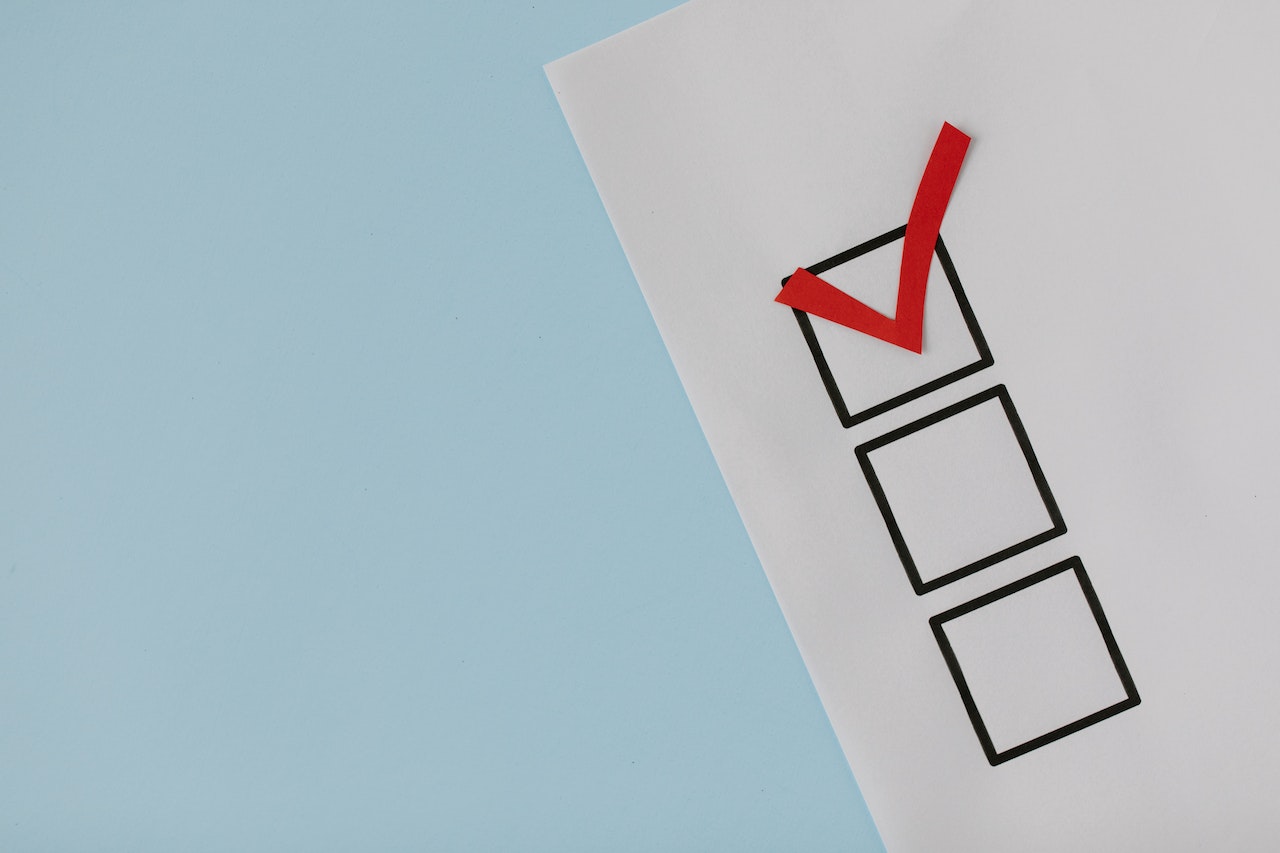The Dos and Don’ts of Emergency Funds

You’re planning on starting an emergency fund. Before you do anything, you should read this list of simple dos and don’ts when it comes to emergency funds. They will help you tackle your goal in no time.
Do: Budget Your Savings
The first thing that you should do when you’re planning to build an emergency fund is to look at your budget. Calculate how much you can afford to put toward emergency savings every month and insert that category into your budget. Adjust some of your budget’s variable expenses (for example, entertainment) so that you can direct more money toward your savings.
What if you don’t follow a personal budget? That’s a problem you’ll need to fix right away. Start by downloading one of the biggest budgeting apps on your smartphone or computer and filling out the template.
Don’t: Keep It as Cash
You know that your emergency savings have to be accessible. What’s more accessible than cash? That’s a fair point. If you stash your emergency savings into an envelope or glass jar in your house, you’ll be able to grab the necessary funds at a moment’s notice and pay off an urgent expense. But this level of accessibility can be a problem.
When you have this cash lying around your house, you’re more likely to sabotage your emergency savings goals. You’ll be tempted to pull from that pile of cash any time your pockets are empty, like when you need to grab some groceries, you want to order some food or you need to fill up the car with gas. Since it’s nearby, it will be easy for you to take it without thinking — and it will be easy for anyone else in the household to take from it, too. Over time, you might notice that your emergency savings haven’t grown at all. Or worse, they’ve shrunk.
Do: Store It in a Savings Account
So, how should you store your emergency fund? You should keep those funds digital and store them in a savings account. A savings account will keep your savings out of sight and out of mind, which will minimize the temptation to make unnecessary withdrawals on impulse.
Typically, savings accounts have withdrawal limits to encourage users not to dwindle their savings too quickly. After reaching the limit, you will face penalties for additional withdrawals. These penalties should dissuade you from going overboard.
A savings account can also come with interest that will help your balance grow over time. A high-yield savings account has an annual percentage yield between 2-5%. This could give your savings a boost, along with your contributions.
Don’t: Leave Yourself Vulnerable
Your emergency fund might not be a reliable safety net for several months — at least while it’s still new. You might not have enough in it to cover an urgent expense without breaking a sweat. So, even though you’ll have an emergency fund, you’ll technically be vulnerable to surprise expenses. How can you protect yourself?
Make sure that you have some backup plans in place. One common backup that you can depend on is a credit card. In an emergency, you can charge an expense to one of your credit cards and then pay down the balance later on. You can only do this when your cards aren’t carrying balances that are too close to their limits. So, try to keep their balances as low as possible. This will give you plenty of available credit to use in times of trouble.
A credit card isn’t the only option available to you. You can go to a website like CreditFresh and see whether you qualify for an online borrowing option like a personal line of credit loan. In an emergency, you can request a withdrawal from a personal line of credit loan and use the borrowed funds to cover your urgent expenses.
Once those expenses are dealt with, you can focus on repaying the loan and bringing down the balance on your line of credit. If you ever have another emergency expense, and you don’t have enough savings to cover it, you can use your line of credit as a backup plan again.
These are the basic dos and don’ts of building an emergency fund. Follow them, and you’ll be ready for any emergency expense that comes your way!
